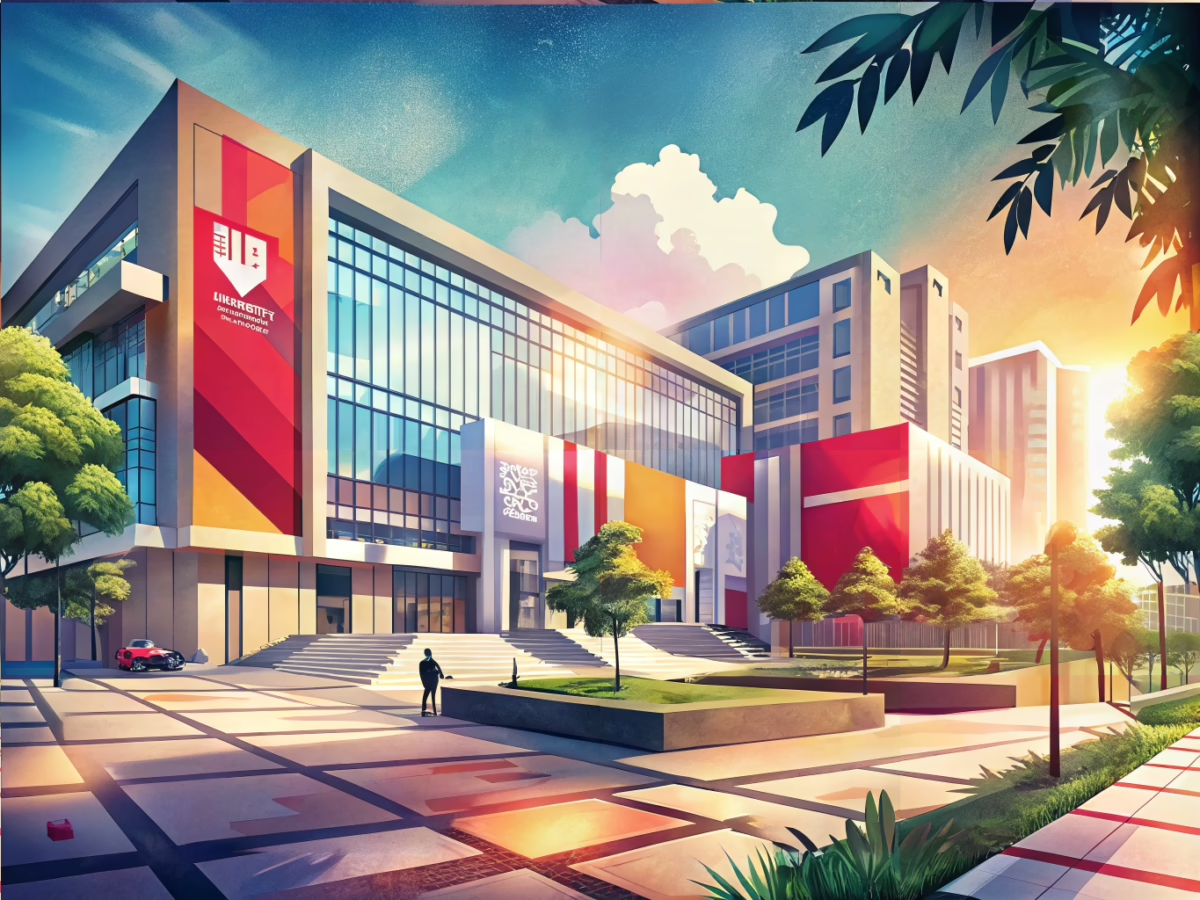High Visibility Signs: The Art of Contrast on University Campuses
The Power of Signage in Academic Spaces
Imagine navigating a sprawling university campus without clear signage. It would be like trying to find your way through a maze without a map. High visibility signs are not just functional; they are essential for ensuring smooth navigation and safety. This article explores the dynamic world of high contrast printed signage versus standard contrast options, focusing on their impact within university environments. We’ll uncover the nuances of each, highlighting their features, benefits, and ideal applications.
The Bold Statement of High Contrast Signage
Defining High Contrast Signage
High contrast signage is all about making a statement. By using bold color combinations like black on yellow or white on blue, these signs are designed to catch the eye and convey messages clearly, even from a distance. They are the visual equivalent of a shout in a crowded room.
Key Features of High Contrast Signs
These signs are crafted to stand out, with color pairings that ensure legibility in various lighting conditions, from the dappled shade of a tree-lined path to the bright lights of a lecture hall corridor. Their design is intentional, focusing on clarity and impact.
Advantages and Challenges
The primary benefit of high contrast signage is its unparalleled readability, which enhances both communication and safety on campus. However, the complexity of their design and production can lead to higher costs.
The Subtle Approach of Standard Contrast Signage
Understanding Standard Contrast
Standard contrast signage takes a more traditional approach, using subtler color combinations that may not pop as much as their high contrast counterparts. They are the quiet, reliable workhorses of the signage world.
Characteristics of Standard Contrast Signs
These signs are straightforward, fulfilling basic functional needs without the visual flair. They are perfect for environments where simplicity and cost-effectiveness are key.
Pros and Cons
While standard contrast signs are budget-friendly and easy to produce, they may lack the visual impact needed in large or complex university settings where quick information absorption is crucial.
Choosing the Right Signage for University Needs
Impact and Readability
In the battle of visibility, high contrast signs are the clear winners. They offer superior legibility and message retention, adapting well to changing light conditions. This makes them ideal for bustling campus environments where information needs to be conveyed quickly and clearly.
- High Contrast: Offers superior visibility and adaptability, perfect for dynamic settings.
- Standard Contrast: Suitable for basic needs, but less effective in expansive or fast-paced environments.
Strategic Implementation on Campus
Evaluating Use Cases
High contrast signage shines in high-traffic areas, emergency exits, and directional indicators that demand immediate attention. On the other hand, standard signage is best suited for non-critical informational displays where budget constraints are a priority.
Real-World Examples
Picture a busy campus hub where high contrast signs efficiently direct foot traffic, reducing congestion and enhancing safety. In contrast, standard signs might be found in administrative offices, where detailed information is less time-sensitive.
Balancing Cost and Effectiveness
Budget Considerations
While high contrast signage may come with a higher price tag, the long-term benefits in critical areas can justify the investment. Standard signage offers a more economical solution for less demanding applications.
Durability and Maintenance
High contrast signs are built to last, often requiring less frequent maintenance. Standard signs, however, may need more regular updates to maintain their effectiveness.
Tailoring Signage to University Needs
Optimal Uses for High Contrast Signage
- High-traffic zones
- Emergency exits
- Critical directional indicators
Best Applications for Standard Contrast Signage
- Non-critical informational displays
- Areas where budget is a primary concern
Guidance for University Decision Makers
Summarizing Key Insights
High contrast signage provides unmatched visibility and safety benefits, making it ideal for essential campus areas. Standard signage offers a cost-effective alternative for less critical needs.
Making Informed Choices
Universities should weigh their campus layout, budget, and communication priorities when selecting between high and standard contrast signage. High contrast is recommended for areas where visibility is crucial, while standard contrast suits budget-conscious applications.
Explore More
For further insights into effective signage solutions, design tips, and campus safety strategies, visit Michigan Custom Signs. Discover how the right signage can transform your university environment.

